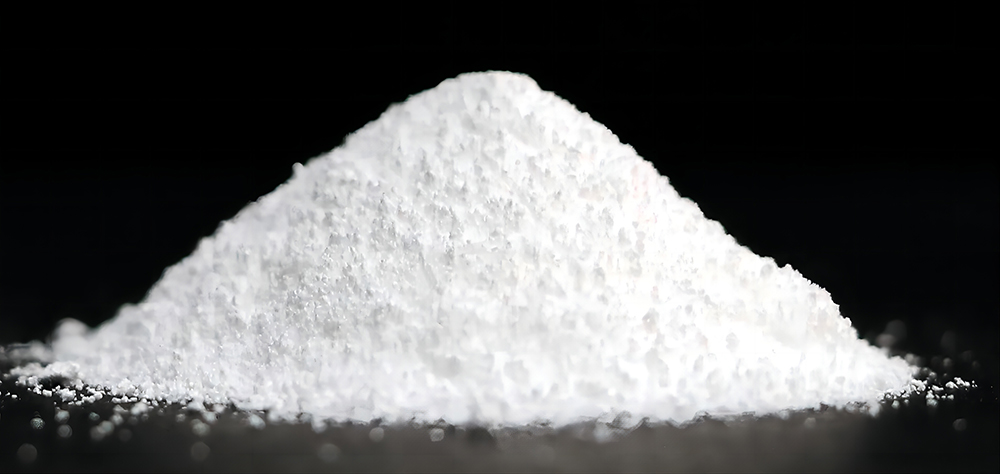Blog
Sodium Carbonate Hazards: Safety and Health Risks Explained
Sodium carbonate hazards are critical to understand, especially for those handling this chemical in industrial and laboratory settings. While sodium carbonate, commonly known as soda ash or washing soda, is widely used in various applications such as glass manufacturing, cleaning products, and water treatment, it poses specific health and safety risks. This article will explore the hazards associated with sodium carbonate, the safety measures to mitigate these risks, and the importance of proper handling.
What is Sodium Carbonate?
Sodium carbonate (Na2CO3) is a white, odorless powder that is highly soluble in water. It occurs naturally in mineral deposits and can also be synthesized through chemical processes. It is primarily used in manufacturing glass, as a cleaning agent, and in various industrial processes. Understanding sodium carbonate hazards is crucial for those who work with this compound regularly.
Common Sodium Carbonate Hazards
1. Health Risks
Sodium carbonate hazards include potential health risks to those exposed to it. When inhaled, sodium carbonate can irritate the respiratory tract, leading to coughing and difficulty breathing. Direct contact with skin can cause irritation, redness, and, in some cases, chemical burns. Eye exposure can result in severe irritation and damage.

2. Environmental Hazards
Sodium carbonate can also pose environmental hazards. If released into water bodies, it can increase the pH levels, potentially harming aquatic life. It is essential to handle sodium carbonate carefully to minimize its impact on the environment.
3. Chemical Reactivity
While sodium carbonate is generally considered stable, it can react with strong acids, releasing carbon dioxide gas. This reaction can create pressure in closed containers, leading to potential explosions if not managed properly. Understanding the chemical reactivity of sodium carbonate is vital to prevent hazardous situations.
Safety Measures to Mitigate Sodium Carbonate Hazards
1. Personal Protective Equipment (PPE)
To reduce exposure to sodium carbonate hazards, wearing appropriate PPE is crucial. This includes gloves, goggles, and respiratory protection, especially when handling large quantities or working in confined spaces. Proper PPE can help minimize the risk of skin and eye irritation, as well as respiratory issues.
2. Proper Storage and Handling
Sodium carbonate should be stored in a cool, dry place away from incompatible substances, such as strong acids. Containers should be clearly labeled to ensure that everyone handling the substance is aware of its hazards. When transferring sodium carbonate, using a fume hood can help protect against inhalation hazards.
3. Training and Education
Training employees on the hazards of sodium carbonate and safe handling practices is essential. Regular safety meetings and refreshers on emergency procedures can help ensure that all staff members are aware of the risks and know how to respond in case of an accident.
4. Spill Response Procedures
In the event of a sodium carbonate spill, having a response plan is critical. Workers should be trained to contain and clean up spills promptly. Using appropriate absorbent materials can help minimize environmental impact and reduce hazards.
Emergency Procedures for Sodium Carbonate Exposure
1. Inhalation
If someone inhales sodium carbonate, it is essential to move them to an area with fresh air immediately. If breathing difficulties persist, seek medical attention promptly.
2. Skin Contact
For skin exposure, wash the affected area with plenty of water for at least 15 minutes. If irritation continues or if burns occur, medical attention should be sought immediately.
3. Eye Exposure
In case of eye contact, flush the eyes with water for at least 15 minutes while holding the eyelids open. Seek medical assistance promptly to prevent permanent damage.
Conclusion
Understanding sodium carbonate hazards is vital for anyone who works with or around this compound. By recognizing the health and environmental risks associated with sodium carbonate, implementing safety measures, and preparing for potential emergencies, individuals and organizations can significantly reduce the likelihood of accidents and injuries.
